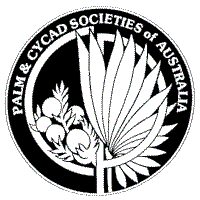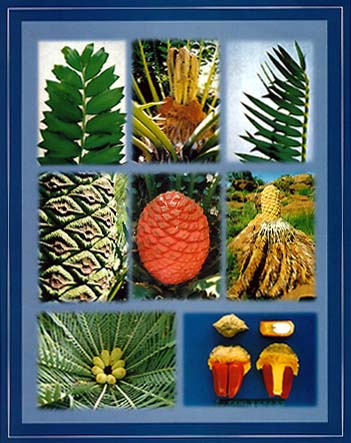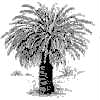|
Book Reviews
Cycads - With Special Reference To The Southern African Species |

| |||
|
| ||||
|
Cycads - With Special Reference To The Southern African Species by Professor Nat Grobbelaar The 40 species of Encephalartos found in South Africa are regarded by most cycad enthusiasts to be the premier landscape cycads, distinctive plants which stand alone and exemplify the best features of this unique group of plants. The excitement of the palm-collecting mania of the 80s seems to have declined in recent years, but cycad collectors have maintained their interest, and their numbers are growing. South Africans have been the leaders in all aspects of cycad collecting and cycad research, and when South Africans talk about cycads, people listen. Cycads - With Special Reference to the Southern African Species is a book for people who collect and grow South African cycads. Professor Nat Grobbelaar is possibly best known to most cycad collectors outside South Africa through his frequent contributions to "Encephalartos", the journal of the Cycad Society of South Africa. (This society now has over 650 members in about 30 countries.) The author has been at the centre of the South African cycad scene for decades, not only as a distinguished researcher, but also as a nurseryman and hobbyist. Nat shares his intimate knowledge of cycads in this book, and through his unique perspective, blending botany and horticulture, he presents a variety of new and interesting information not available in other cycad books. |

|

Back cover |
This is not a coffee-table book for breathtaking habitat shots of cycads.
It does not have native women holding up leaves in the forest or photos
of well-known cycad collectors in their younger days included 'for scale'.
I do not think that there is even a thumb in any of the leaf photos.
Rather, this is more a working manual for the collector and enthusiast.
The emphasis is on cycads in cultivation. One of the book's greatest
strengths is the photographic detail given for each of the 41 species
covered. There are 565 colour photos throughout the book, plus many
other diagrams, which give an indication of the number of photos allocated
to the cones, seeds, sporophylls and especially the leaflets for each species.
These photos compliment the easy-to-use key for identification of species.
I was particularly impressed with the leaflet photos (median and basal
leaf segments) of the 18 geographical forms of the highly variable
Encephalartos natalensis
.
Several new terms are introduced which seem likely to become standard terminology for cycad descriptions in the future. Especially useful are three terms for the description of the angles of the leaflets relative to the rachis. The orientation of the leaflets is very important in the identification of cycad species, and to have a brief and widely-accepted term to precisely describe these characters without referring to a diagram or resorting to hand gestures is an insightful step forward. |
|
Other noteworthy features are the tables for pollination time, seed shedding
time, and a table detailing the relative value (in Rand) of each species.
Cycads are still big business in South Africa, and are widely accepted as a
sound investment. Cycad auctions are common and the methods for determining
the value of mature cycads are as well-defined as in real estate.
Comments by a range of cycad authorities on the cycad internet forum ('Cycad List') pertaining to this book have been very favourable. There has been some discussion about which of the recent cycad books is recommended, but the serious collector will want all the up-to-date cycad books so this is ot really a question. They are all different, and they all deserve a place in the library of anyone who has an established cycad collection. For those with a particular interest in South African cycads this book is essential reading. |
| Contributed by: | Lou Randall (available from Satooz) |
 |
 |
 |
 |
 |
 |
||||